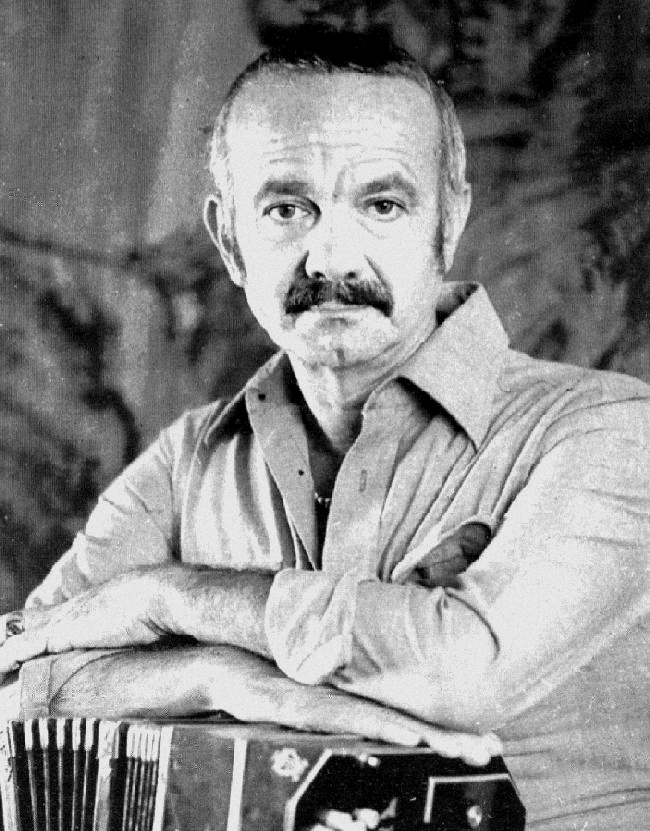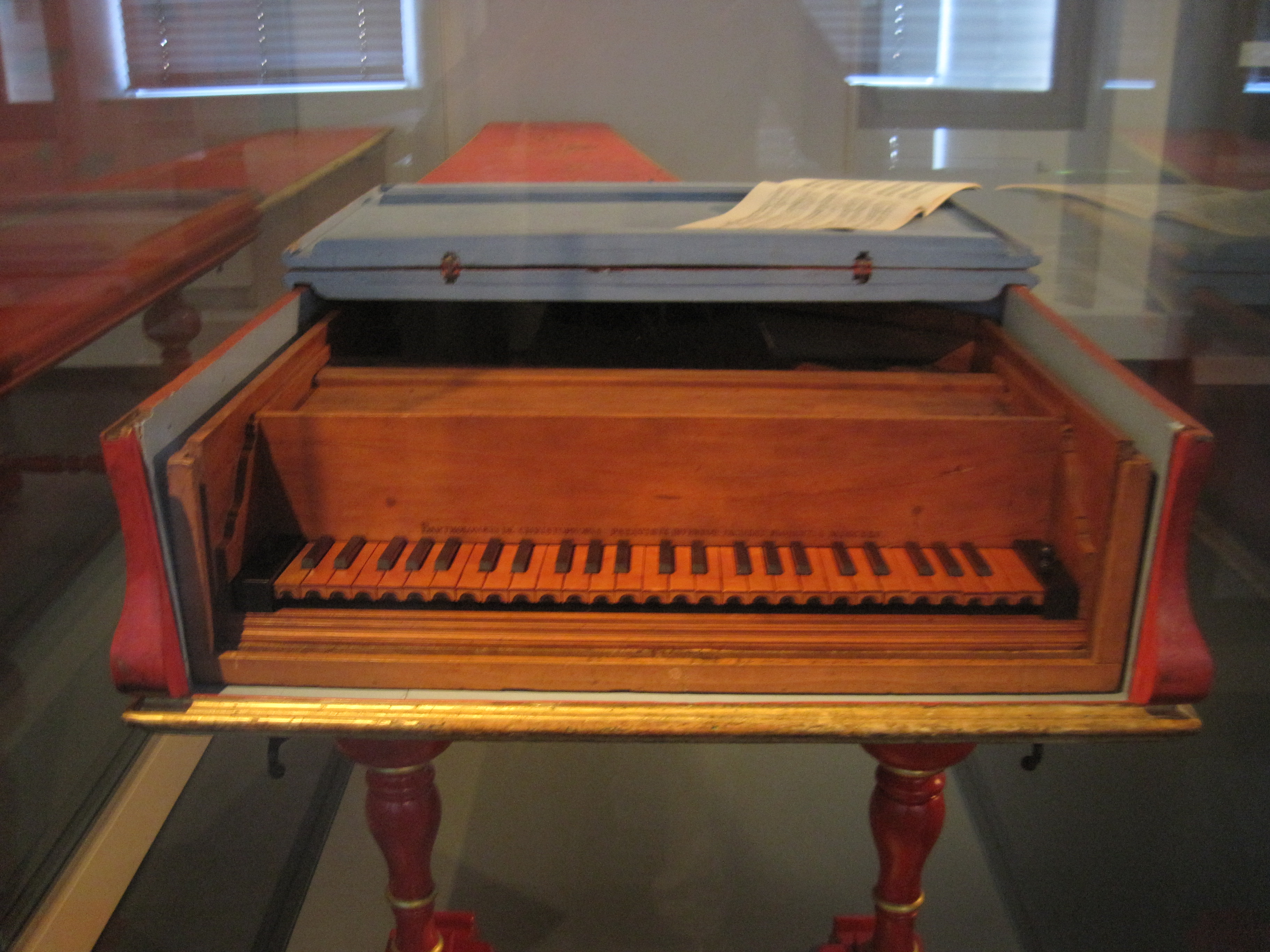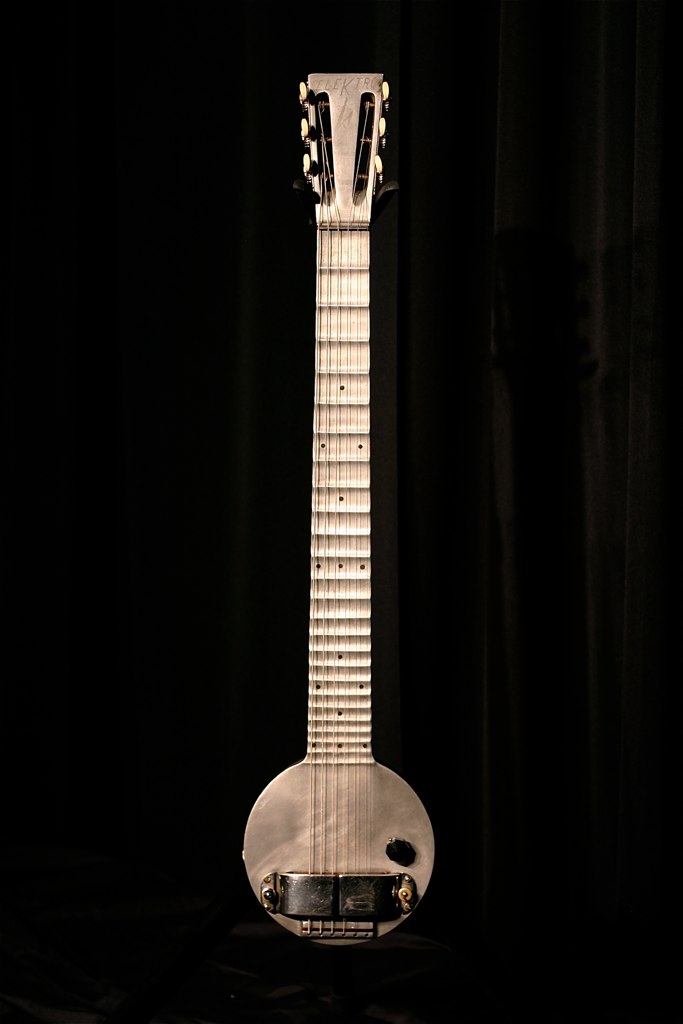|
Más Allá Del Sur
''Más Allá del Sur'' is Argentine electrotango band Tanghetto's third studio album (or fourth if Hybrid Tango, a side project released in 2004 is included). The album was released in November 2009. According to the band's website, the album represents a move towards the roots of a more traditional tango, while keeping the modern elements that are a trademark of Tanghetto. In 2010 the album received a Gardel Award nomination. Track list # ''Tango Místico'' (3:39) # ''La Milonga'' (3:28) # ''Leitmotif'' (4:11) # ''Blue Tango'' (3:49) # ''Biorritmo Porteño'' (4:11) # ''Abril'' (3:43) # ''Zita'' (de la "Suite Troileana", de Astor Piazzolla) (4:31) # ''La Zamba'' (4:36) # ''Dos Días en Buenos Aires'' (3:19) # ''Bahía Blanca'' (tango de Carlos Di Sarli) (3:14) # ''Fake Plastic Trees'' (Radiohead cover) (4:49) # ''Más allá del Sur'' (3:35) All tracks composed by Masri and Velázquez except where indicated. Players :Max Masri: synthesizers and programming :Diego S. Velázq ... [...More Info...] [...Related Items...] OR: [Wikipedia] [Google] [Baidu] |
Tanghetto
Tanghetto is an Argentinian neotango and Neotango#The music, electronic tango music project created and led by musician and producer Max Masri. It won the Gardel Award and was nominated five times to the Latin Grammy Awards. It's based in Buenos Aires, Argentina. The style of Tanghetto is a blend of Tango music, tango and electronic music and is also influenced by world music and jazz. The main feature of their music, apart from the balance of electronic and ethnic sounds, is the strong presence of melody and song structure. Tanghetto uses technology as another musical instrument. History Tanghetto released their first album, ''Emigrante (electrotango)'', in 2003. It was inspired in the economic crisis that Argentina was facing in 2001 and also in the feelings of distress generated by the massive exile of many young Argentines, that decided to flee from their country, in a desperate move to find a future. ''Emigrante'' was nominated for the Latin Grammy Awards of 2004 in th ... [...More Info...] [...Related Items...] OR: [Wikipedia] [Google] [Baidu] |
Guitar
The guitar is a stringed musical instrument that is usually fretted (with Fretless guitar, some exceptions) and typically has six or Twelve-string guitar, twelve strings. It is usually held flat against the player's body and played by strumming or Plucked string instrument, plucking the strings with the dominant hand, while simultaneously pressing selected strings against frets with the fingers of the opposite hand. A guitar pick may also be used to strike the strings. The sound of the guitar is projected either Acoustics, acoustically, by means of a resonant hollow chamber on the guitar, or Amplified music, amplified by an electronic Pickup (music technology), pickup and an guitar amplifier, amplifier. The guitar is classified as a chordophone, meaning the sound is produced by a vibrating string stretched between two fixed points. Historically, a guitar was constructed from wood, with its strings made of catgut. Steel guitar strings were introduced near the end of the nineteen ... [...More Info...] [...Related Items...] OR: [Wikipedia] [Google] [Baidu] |
Double Bass
The double bass (), also known as the upright bass, the acoustic bass, the bull fiddle, or simply the bass, is the largest and lowest-pitched string instrument, chordophone in the modern orchestra, symphony orchestra (excluding rare additions such as the octobass). It has four or five strings, and its construction is in between that of the gamba and the violin family. The bass is a standard member of the orchestra's string section, along with violins, violas, and cellos,''The Orchestra: A User's Manual'' , Andrew Hugill with the Philharmonia Orchestra as well as the concert band, and is featured in Double bass concerto, concertos, solo, and chamber music in European classical music, Western classical music.Alfred Planyavsky [...More Info...] [...Related Items...] OR: [Wikipedia] [Google] [Baidu] |
Bombo Legüero
Bombo legüero is an Argentine drum traditionally made of a hollowed tree trunk and covered with cured skins of animals such as goats, cows (leather) or sheep; ''legüero'' signifies that one could supposedly hear it a league away. It derives from the old European military drums, and uses a similar arrangement of hoops and leather thongs and loops to tighten the drumheads, which are usually double. It is also called bombo legüero to differentiate it from similar large drums. The body is made of a hollow log, with the inside scraped and chiseled. The drumheads are made of the skins of animals such as cows, sheep, or guanacos. Because the fur is left on the hide, the bombo's sound is deep and dark. The bombo is played while hanging to the side of the drummer, who drapes one arm over the drum, to play it from above, while also striking it from the front. The player's hands hold a soft-headed mallet and a stick, which strike drumhead and wooden rim in alternation. The bombo serves as a ... [...More Info...] [...Related Items...] OR: [Wikipedia] [Google] [Baidu] |
Percussion
A percussion instrument is a musical instrument that is sounded by being struck or scraped by a percussion mallet, beater including attached or enclosed beaters or Rattle (percussion beater), rattles struck, scraped or rubbed by hand or struck against another similar instrument. Excluding Zoomusicology, zoomusicological instruments and the human voice, the percussion family is believed to include the oldest musical instruments.''The Oxford Companion to Music'', 10th edition, p.775, In spite of being a very common term to designate instruments, and to relate them to their players, the percussionists, percussion is not a systematic classificatory category of instruments, as described by the scientific field of organology. It is shown below that percussion instruments may belong to the organological classes of idiophone, membranophone, aerophone and String instrument, chordophone. The percussion section of an orchestra most commonly contains instruments such as the timpani, ... [...More Info...] [...Related Items...] OR: [Wikipedia] [Google] [Baidu] |
Drums
The drum is a member of the percussion instrument, percussion group of musical instruments. In the Hornbostel–Sachs classification system, it is a membranophones, membranophone. Drums consist of at least one Acoustic membrane, membrane, called a drumhead or drum skin, that is stretched over a shell and struck, either directly with the player's hands, or with a percussion mallet, to produce sound. There is usually a resonant head on the underside of the drum. Other techniques have been used to cause drums to make sound, such as the thumb roll. Drums are the world's oldest and most ubiquitous musical instruments, and the basic design has remained virtually unchanged for thousands of years. Drums may be played individually, with the player using a single drum, and some drums such as the djembe are almost always played in this way. Others are normally played in a set of two or more, all played by one player, such as bongo drums and timpani. A number of different drums together ... [...More Info...] [...Related Items...] OR: [Wikipedia] [Google] [Baidu] |
Erhu
The (; ) is a Chinese two-stringed bowed musical instrument, more specifically a spike fiddle, that is sometimes known in the Western world as the ''Chinese violin'' or a ''Chinese two-stringed fiddle''. It is used as a solo instrument as well as in small ensembles and large orchestras. It is the most popular of the family of traditional bowed string instruments used by various ethnic groups of China. As a very versatile instrument, the is used in both traditional and contemporary music arrangements, such as pop, rock and jazz. History The can be traced back to proto-Mongolic instruments which first appeared in China during the Tang dynasty. It is believed to have evolved from the (). The is believed to have originated from the Xi people located in current northeast China. The first Chinese character of the name of the instrument (, , 'two') is believed to come from the fact that it has two strings. An alternate explanation states that it comes from the fact that i ... [...More Info...] [...Related Items...] OR: [Wikipedia] [Google] [Baidu] |
Violoncello
The violoncello ( , ), commonly abbreviated as cello ( ), is a middle pitched bowed (sometimes plucked and occasionally hit) string instrument of the violin family. Its four strings are usually tuned in perfect fifths: from low to high, C2, G2, D3 and A3. The viola's four strings are each an octave higher. Music for the cello is generally written in the bass clef; the tenor clef and treble clef are used for higher-range passages. Played by a '' cellist'' or ''violoncellist'', it enjoys a large solo repertoire with and without accompaniment, as well as numerous concerti. As a solo instrument, the cello uses its whole range, from bass to soprano, and in chamber music, such as string quartets and the orchestra's string section, it often plays the bass part, where it may be reinforced an octave lower by the double basses. Figured bass music of the Baroque era typically assumes a cello, viola da gamba or bassoon as part of the basso continuo group alongside chordal instr ... [...More Info...] [...Related Items...] OR: [Wikipedia] [Google] [Baidu] |
Bandoneon
The bandoneon () or bandonion is a type of concertina particularly popular in Argentina and Uruguay. It is a typical instrument in most tango ensembles. As with other members of the concertina family, it is held between the hands, and played by pulling and pushing air through bellows, routing it through sets of tuned metal reeds by pressing the instrument's buttons. Unlike most accordions, bandoneons always employ the same sets of reeds to produce their sound, and do not usually have the register switches common on accordions. Nevertheless, the bandoneon can be played very expressively, using various bellows pressures and other techniques. The left and right hand have different timbres due to the wooden box on the left side which gives the left hand a nasal and muted timbre, in contrast with the right hand which is usually bright and sharp. History The Bandonion, so named by the German instrument dealer Heinrich Band (1821–1860), was originally intended as an instrument ... [...More Info...] [...Related Items...] OR: [Wikipedia] [Google] [Baidu] |
Piano
A piano is a keyboard instrument that produces sound when its keys are depressed, activating an Action (music), action mechanism where hammers strike String (music), strings. Modern pianos have a row of 88 black and white keys, tuned to a chromatic scale in equal temperament. A musician who specializes in piano is called a pianist. There are two main types of piano: the #Grand, grand piano and the #Upupright piano. The grand piano offers better sound and more precise key control, making it the preferred choice when space and budget allow. The grand piano is also considered a necessity in venues hosting skilled pianists. The upright piano is more commonly used because of its smaller size and lower cost. When a key is depressed, the strings inside are struck by felt-coated wooden hammers. The vibrations are transmitted through a Bridge (instrument), bridge to a Soundboard (music), soundboard that amplifies the sound by Coupling (physics), coupling the Sound, acoustic energy t ... [...More Info...] [...Related Items...] OR: [Wikipedia] [Google] [Baidu] |
Electric Bass
The bass guitar (), also known as the electric bass guitar, electric bass, or simply the bass, is the lowest-pitched member of the guitar family. It is similar in appearance and construction to an electric but with a longer neck and scale length. The electric bass guitar most commonly has four strings, though five- and six-stringed models are also built. Since the mid-1950s, the bass guitar has replaced the double bass in popular music due to its lighter weight, smaller size, most models' inclusion of frets for easier intonation, and electromagnetic pickups for amplification. Another reason the bass guitar replaced the double bass is because the double bass is "acoustically imperfect" like the viola. For a double bass to be acoustically perfect, its body size would have to be twice as that of a cello rendering it unplayable, so the double bass is made smaller to make it playable. The electric bass with its pickups an amplifier addresses the compromises of a double bass by allow ... [...More Info...] [...Related Items...] OR: [Wikipedia] [Google] [Baidu] |
Electric Guitar
An electric guitar is a guitar that requires external electric Guitar amplifier, sound amplification in order to be heard at typical performance volumes, unlike a standard acoustic guitar. It uses one or more pickup (music technology), pickups to convert the vibration of its strings into Electrical signal, electrical signals, which ultimately are reproduced as sound by loudspeakers. The sound is sometimes shaped or electronically altered to achieve different timbres or tonal qualities via amplifier settings or knobs on the guitar. Often, this is done through the use of Effects unit, effects such as reverb, Distortion (music), distortion and "overdrive"; the latter is considered to be a key element of electric blues guitar music and jazz, rock music, rock and Heavy metal music, heavy metal guitar playing. Designs also exist combining attributes of electric and acoustic guitars: the Semi-acoustic guitar, semi-acoustic and Acoustic-electric guitar, acoustic-electric guitars. Inven ... [...More Info...] [...Related Items...] OR: [Wikipedia] [Google] [Baidu] |






